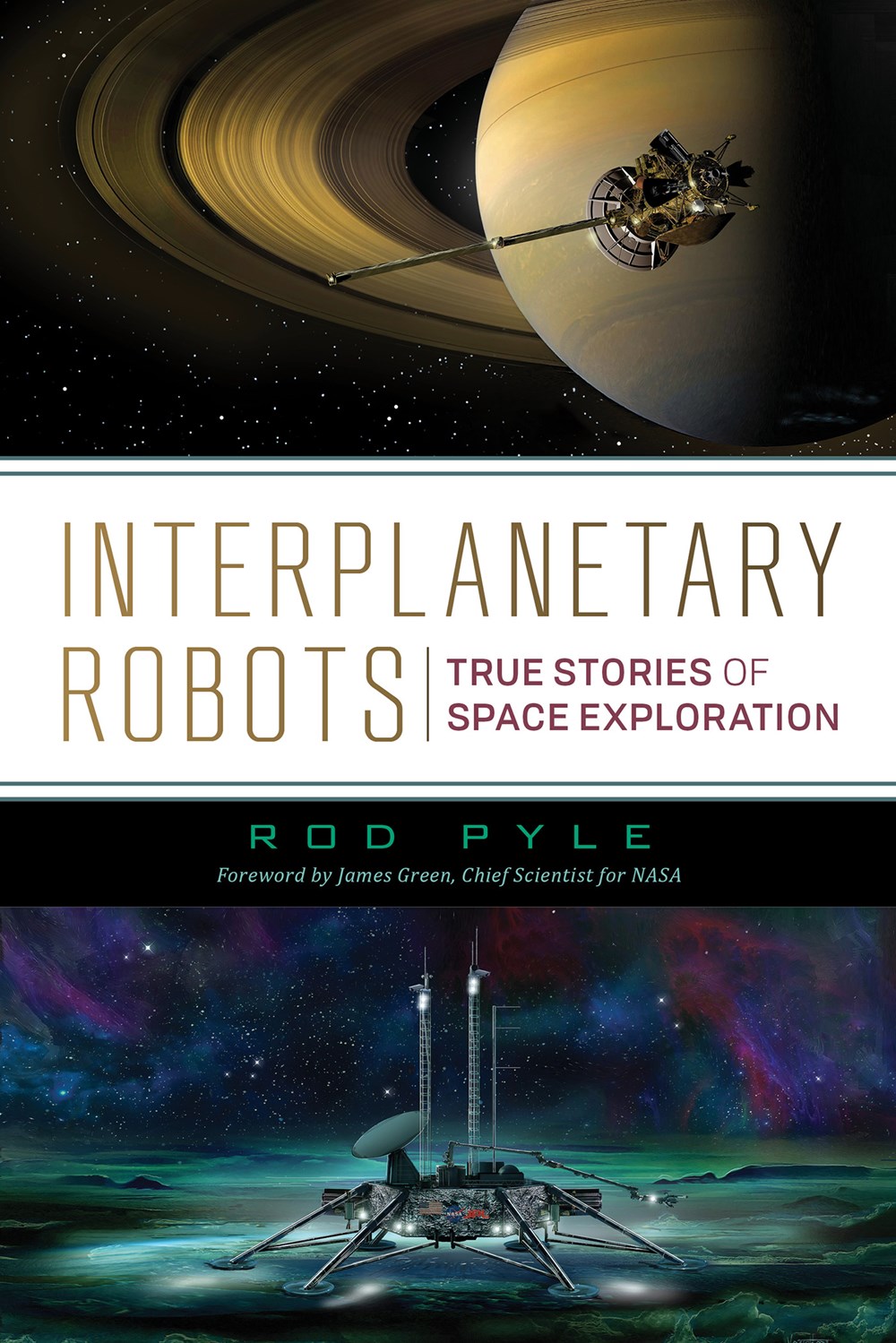
Rod Pyle is the author of the widely acclaimed "Curiosity: An Inside Look at the Mars Rover Mission and the People Who Made It Happen" and "Destination Mars," as well as "Destination Moon," "Missions to the Moon," and a popular audiobook called "The Space Race." He has produced numerous documentaries for the History Channel and Discovery Communications, including "Modern Marvels: Apollo 11." Pyle has been an assistant professor at the University of La Verne and a lecturer with NASA's Johnson Space Center.
He also recently released the book "Space 2.0" about the future of space exploration, which you can read an excerpt of here.
Mars may get all the glory these days, but some of the earliest spacecraft were sent to our other, even more inhospitable neighbor: the planet Venus. In this excerpt from Chapter 16 of Pyle's new book "Interplanetary Robots" (Prometheus, 2019), he details the history of the probes that have braved Venus' crushing pressure and fearsome heat.
Related: Life on Venus? Why It's Not an Absurd Thought
Barnstorming Venus: Part 1
Venus has never been the darling of the solar system when it comes to planetary exploration. It is true that some of the earliest robotic spacecraft were sent to the planet, and the Soviet Union made great strides when it landed its hardy Venera landers there a few years later, but since then the planet has only been visited intermittently. It's not for any lack of scientific interest, it's just that Venus is the backwoods, The Hills Have Eyes trailer park of the solar system.
Once upon a time — say, about the same time that people thought Mars might be crisscrossed with canals built by an advanced civilization — it was thought that Venus might be the primeval planet. With boundless optimism, learned academics speculated that, since Venus is closer to the sun, and therefore warmer than the Earth, it followed that the planet might be one giant marshy swamp, perhaps even inhabited by primitive life forms. Some less-pedigreed souls even suggested there might be dinosaurs stomping about. This was a steamy, romantic vision of the friendly solar system we would have loved to find. It's a damn shame it didn't work out that way.
Venus was instead revealed to be a true hellhole of a planet. With an atmosphere of about 96 percent carbon dioxide, and its proximity to the sun, the planet is the poster child for runaway global warming, with temperatures of at least a balmy 864 degrees Fahrenheit. The atmospheric pressure is nothing to sniff at either (quite literally, since the air is suffused with sulfur dioxide), equivalent to that about two-thirds of a mile under Earth's oceans, or about 90 times that at sea level. You might call the planet dense in more ways than one. No swamps or dinosaurs for our closest neighbor, but a sunbaked, dry, and un-cratered landscape that makes Death Valley look like a day at the beach.
Get the Space.com Newsletter
Breaking space news, the latest updates on rocket launches, skywatching events and more!
Nevertheless, at the dawn of the space race, reaching Venus with unmanned probes was a top priority. The Soviet Union initiated efforts to reach the planet in 1961, trying first for flybys, then impactors, and then later for orbiters and landers. It would take eleven tries and six years to attain success.
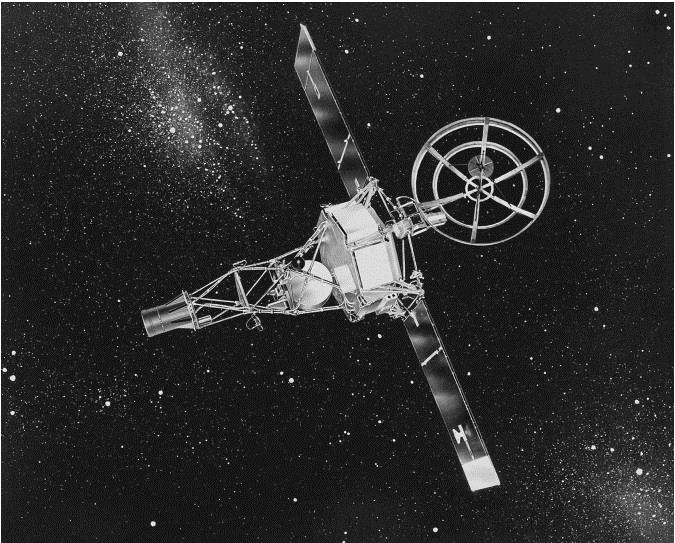
The US program fared better — in mid-1962, Mariner 2 successfully flew past Venus after Mariner 1 failed during launch. This was an endorsement of NASA's habit of flying robotic spacecraft in pairs when possible, allowing for one to fail but hopefully not both (the Soviets had also tried this, but inconsistently). Mariner 2 was a lightly modified Ranger lunar spacecraft that had no cameras and was capable of basic measurements of radiation and magnetic fields and micrometeoroid impacts. It also measured solar wind and a number of small solar flares during its mission. Due to the small lifting capacity of the rocket used to loft Mariner 2, the portion of the spacecraft relegated to scientific instruments had to be kept under forty pounds.
The United States followed this in 1967 with Mariner 5, the updated Mariner design that was similar to those being flown to Mars. It was originally built as part of the Mariner 3 and 4 series for a possible Mars launch, but with the success of Mariner 4 was repurposed for Venus through the addition of more thermal insulation and the removal of the TV camera — since the planet was permanently veiled with a dense layer of clouds, rendering the surface invisible, a camera was not thought to be needed. Had they included one, Venus would have looked like a smog-yellow billiard ball with some streaks across it. Mariner 5 was also a flyby mission, and the spacecraft is still in a long orbit around the sun, dead and slowly baking in the harsh light. Additionally, because it was a single, surplus Mariner, the spacecraft flew alone. But fortune smiled on the mission, which was successful.
Related: Failed 1970s Venus Probe Could Crash to Earth This Year
About the same time as Mariner 5, the Russians succeeded with their much more ambitious Venera 4. It also consisted of a flyby spacecraft, but with a lander attached that disengaged from the main spacecraft before the encounter with the planet. The lander transmitted data from the planet's atmosphere during its descent, confirming that the atmosphere was overwhelmingly carbon dioxide, with a small amount of nitrogen, traces of oxygen, and a tiny amount of water vapor. The flyby portion of the spacecraft was eleven feet high, and the solar panels had a deployed span of about thirteen feet.
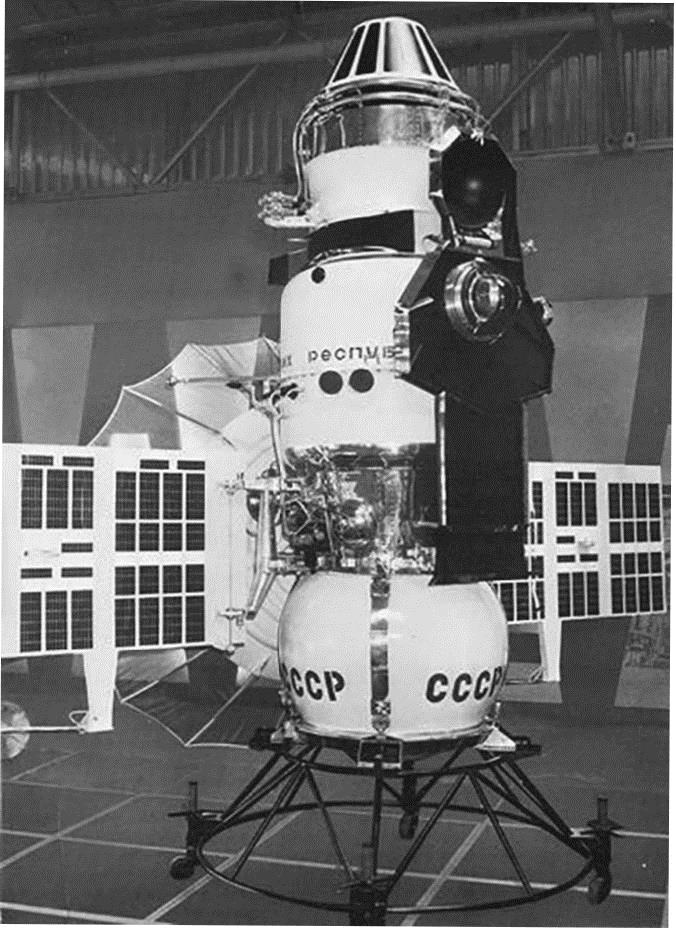
The landing stage was a metal ball three feet in diameter, with a gas-cooled heat shield. It was pressurized, a unique design that was characteristic of Soviet robotic explorers — they were almost like miniaturized crewed spacecraft. In this case, however, it was pumped up to over twenty-five times Earth's atmosphere at sea level, designed to withstand the crushing pressures thought to be endemic to the Venusian atmosphere.
While it was considered unlikely, it was still thought there might be oceans on Venus. The Soviet engineers designed a very clever but simple arrangement to deploy the landers' antennas — sugar was cured into the seam of the hatch covering the antenna, and if the lander had come to rest in a liquid, the sugar would dissolve, releasing the antennae. Brilliant. Its burn-proof parachutes were tested up to a temperature of about 850 degrees.
During its ninety-minute trip through the dense Venusian atmosphere, the heat shield experienced temperatures up to 11,000 degrees Fahrenheit, and at thirty-two miles in altitude the parachute was deployed. Data on atmospheric pressure, temperature, and gas composition were transmitted back to Earth. At the point at which the parachute was released, the air temperature was only about 91 degrees, about the same as on that sunny day in Pasadena when Curiosity was about to land on Mars. But by the time the Venera drop probe stopped functioning, temperatures had reached 540 degrees and pressure was twenty-two times Earth normal — they had clearly not yet gotten to the even hotter ground level when Venera 4 packed it in. Nonetheless, it was the first set of direct measurements of another planet's atmosphere and its chemical composition, temperature, and pressure. But the Soviet Union wasn't done with Venus yet, not by a long shot.
Four attempts later, they succeed in reaching the surface with a functioning spacecraft. The intervening flights had been a mixed bag of launch and landing failures, each a lesson for the next attempt. In August 1970, Venera 7 plummeted to the planet's surface, making a successful, though lopsided, landing. It transmitted data for twenty-three minutes before dying, and was the first radio transmission to originate from another planetary surface. In July 1972, Venera 8 entered the planet's atmosphere at about 25,600 miles per hour, using a heat shield to slow in the dense air to a speed of about 560 miles per hour before opening its parachute at an altitude of thirty-seven miles and landing upright. Its data generally matched that of Venera 7. The temperature was over 870 degrees, with greatly diminished light due to heavy cloud cover, and an onboard spectrometer indicated that the nearby surface was granitic in composition. Venera 8 operated for just over an hour.
A few months later, in November, NASA succeeded in flying another Mariner past Venus, Mariner 10. But this was a flyby of convenience; the primary target for the spacecraft was sunny Mercury, which it reached in September 1974. While experiencing nearly five times the solar radiation of that near Earth, the probe managed to image both Venus and Mercury with its TV camera and returned copious amounts of data.
In 1975, the Soviets finally scored big. Never mind that they had been beaten to a manned lunar landing by the Americans — they finally managed to land a sophisticated, advanced machine on the surface of Venus, the truest of no-man's lands. Venera 9 consisted of an orbiter and a lander, and held the additional distinction of being the first spacecraft to go into orbit around the planet.
The spacecraft was a behemoth, weighing almost 11,000 pounds — truly appropriate for a mission to Dante's seventh circle of hell. The ability to launch this heavier machine was due to the successful development of the newest Russian booster, the Proton, which is still in use. While the orbital component was primarily a relay station for the lander, it performed a range of experiments as it circled the planet, transmitting for months. But the lander was the real prize. After its high-speed entry, a series of parachutes delivered it to low altitudes, where it was bravely released about thirty miles above the surface, using an innovative aerodynamic shield to continue its descent through the scorching air — the atmosphere was now known to be so dense at this level that no parachutes were required. It plopped onto the rocky surface on its donut-shaped metal landing cushion at about fifteen miles per hour.
Related: Top 10 Soviet and Russian Space Missions
Time was of the essence, as the Soviets had learned that machines on Venus did not last long. Within two minutes, instrumentation had been activated and was returning data. Cooling was achieved via circulating fluids, and soon the first image ever transmitted from the surface of another planet was sent back to Earth — a desolate, flat, rocky plain that, while fascinating, was truly uninviting. This was especially true when the chemical analysis of the atmosphere was returned — bromine, iodine, hydrochloric and hydrofluoric acid were all part of the toxic brew — way worse than LA smog. The local temperature that day was 905 degrees Fahrenheit, and the vista was about equivalent in illumination to a cloudy day on Earth. No shadows were seen on the overcast surface, and the toxic air was clear. There appeared to be little weathering on the nearby rocks. While it might look like parts of the South Dakota Badlands, it was far less inviting.
Then, fifty-three minutes later, it was over. The lander succumbed to the awful heat, and, like its brethren, remains a scorched hulk to this day.
After a series of follow-on missions that were essentially similar in design — the Soviets had a de-facto assembly line going for their rugged Venus spacecraft — two remarkably new and evolved probes flew in 1981. Veneras 13 and 14 were a bit lighter than their predecessors, but far more capable. Both landed in March 1982, following the successful landing sequence of Venera 9 and its descendants. They landed about 590 miles apart, in a region now known as Phoebe Regio, and immediately got to work. The innovations on these landers were rather remarkable. Spring-loaded arms slammed down to measure the compressibility of the surface (Venera 14, by serendipity, slammed its sensor directly onto a lens cover that had popped off the lander upon touchdown, measuring its compressibility instead). Then, a screw-tipped arm pivoted down to obtain a surface sample, which was then deposited into a sealed chamber. There, an X-ray fluorescence spectrometer went to work, analyzing the bits of rock and soil ingested. Venera 13's sample was a type of rock known as weakly differentiated melanocratic alkaline gabbroids (no, it doesn't require medication), a type of volcanic basalt, and Venera 14's sample proved to be similar to oceanic basalts, also a type of volcanic rock.
Venera 13 functioned for over two hours, and Venera 14 for about fifty-seven minutes. Onboard microphones recorded the sounds of Venus during that time, which sound like white noise, or static, but were nonetheless the first recorded sounds from another world.

The Soviets were on a roll with Venus, and they scored a series of successful missions thereafter. Orbiters mapped the surface with radar in the mid-1980s, and more landers based on the capable Venera design followed, renamed Vega. Of particular interest, the Vega missions used an atmospheric balloon probe made of Teflon, released at about thirty-seven miles' altitude and immediately inflated with helium. The air was cooler here, and the balloons from each craft drifted at a stable altitude of about thirty-three miles, at a speed of about 150 miles per hour. The balloons continued to send back data for a few days each before failure. Air pressure at this altitude was about half of Earth's at sea level, and the temperature was about one hundred degrees Fahrenheit. Using balloons on another world was another Soviet first.
The remainder of the Vega spacecraft, the parts that stayed in space, were not orbiters, but performed flybys instead. Each utilized a gravity assist from Venus and were redirected to image Comet Halley, then making a close approach to the sun. On March 6, Vega 1 returned more than five hundred images of the comet's nucleus, showing jets of vapor erupting. Vega 2 performed the same feat three days later, returning about eight hundred images.
Related: Solar System's Best and Worst Vacation Destinations: 'Travel Agents' Explain (Video)
Not to be left entirely out of the Venus game, NASA flew two Pioneer probes to the planet in late 1978. The first was an orbiter that looped the planet for fourteen years, returning data until 1992. The second component, Pioneer Venus 2, was more complex. The eight-foot-wide main body of the spacecraft glided into the Venusian atmosphere to return measurements of the upper layers. The spacecraft was unshielded — it simply returned data until it overheated and broke up. However, en route, it had released four more small probes designed to descend into the deeper atmosphere; only one — larger than the others and more heavily instrumented — had a parachute to slow its descent. The probes were not designed to survive impact, merely to send rapid streams of data back as they passed deeper and deeper into Venus's hot atmosphere. Surprisingly, one of the small probes did manage to continue transmitting for almost an hour after hitting the surface.
In mid-1989, the American Magellan orbiter reached Venus, remaining active in orbit around the planet for over four years. In that time, it made a comprehensive and high-resolution radar map of the surface — radar is the only way to peer below the dense cloud layers. Magellan's map covered 98 percent of that world. In October 1994, Magellan entered the atmosphere and more experiments were conducted during its destruction.
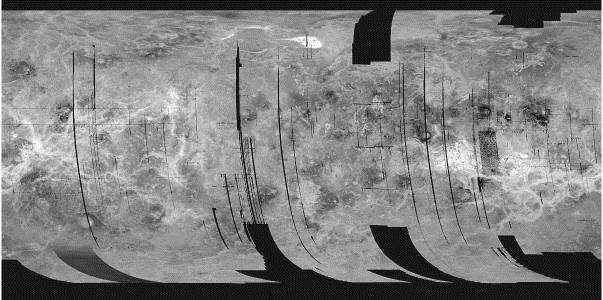
The maps generated by the mission, the only complete mapping of the planet, showed a surface violently affected by volcanic activity. Long, flat plains of lava flow, fields of small lava domes, and large shield volcanoes are common. Some lava flows run for about 3,800 miles, and although Venus is riven by rift zones and topped by domes indicative of the upwelling of magma, there is no firm evidence of plate tectonics as is seen on the Earth. There does not appear to be much erosion of surface features either, and little windblown transport of dust or sand.
Since that time, the United States, the European Space Agency, and the Japanese Space Agency have flown additional missions past or around Venus, but none so audacious as those of the Soviet Union — and to date, nobody else has dared to land on Venus's broiling surface. But there have been some interesting ideas…
- Planet Venus Facts: A Hot, Hellish & Volcanic Planet
- NASA Wants to Send Humans to Venus, to Live on Airships Floating on Clouds
- 'Amazing Stories of the Space Age': Q&A with Author Rod Pyle
Follow us on Twitter @Spacedotcom and on Facebook.
Join our Space Forums to keep talking space on the latest missions, night sky and more! And if you have a news tip, correction or comment, let us know at: community@space.com.
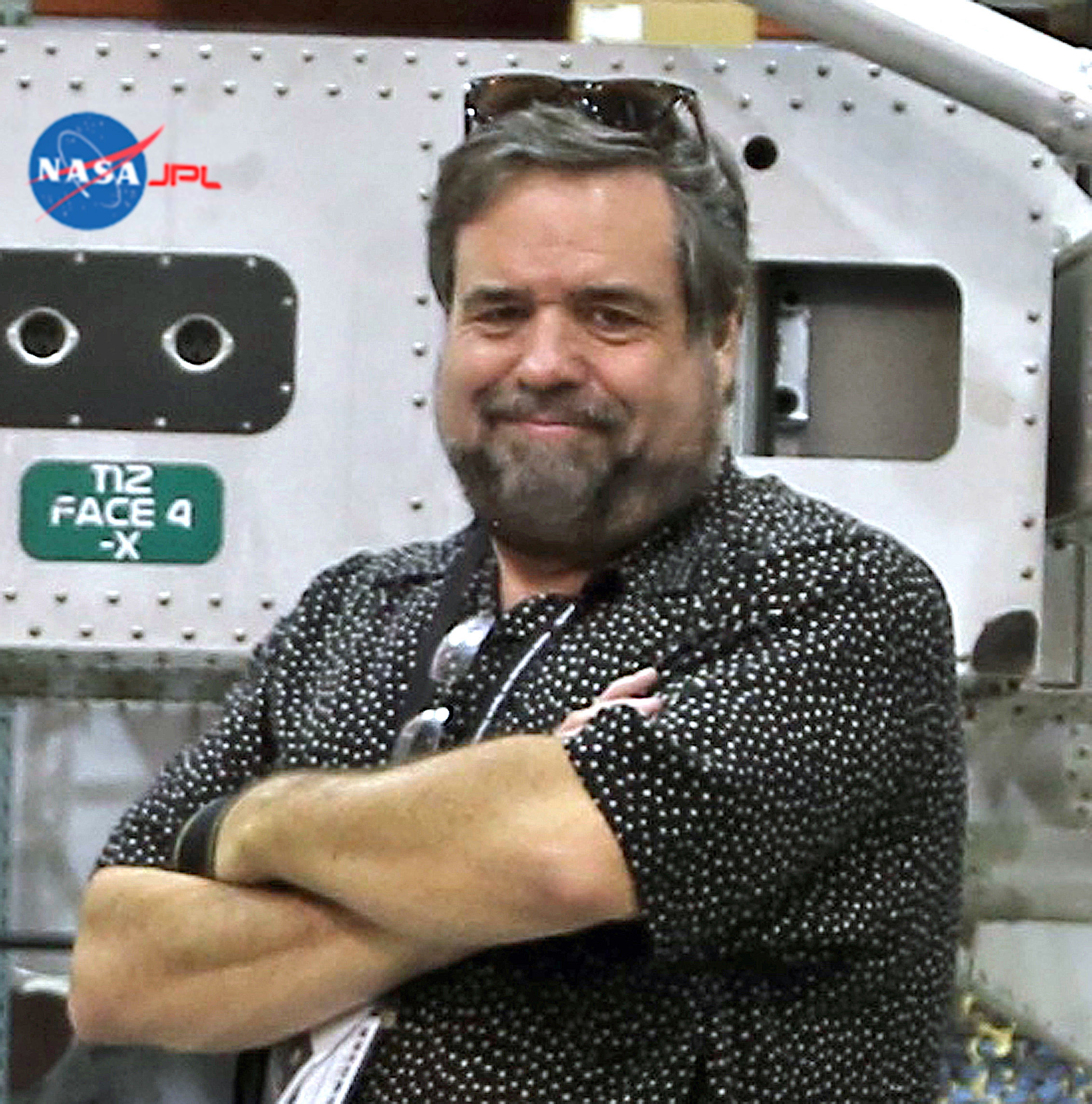
Rod Pyle is an author, journalist, television producer and editor in chief of Ad Astra magazine for the National Space Society. He has written 18 books on space history, exploration and development, including "Space 2.0," "First on the Moon" and "Innovation the NASA Way." He has written for NASA’s Jet Propulsion Laboratory, Caltech, WIRED, Popular Science, Space.com, Live Science, the World Economic Forum and the Library of Congress. Rod co-authored the "Apollo Leadership Experience" for NASA's Johnson Space Center and has produced, directed and written for The History Channel, Discovery Networks and Disney.










